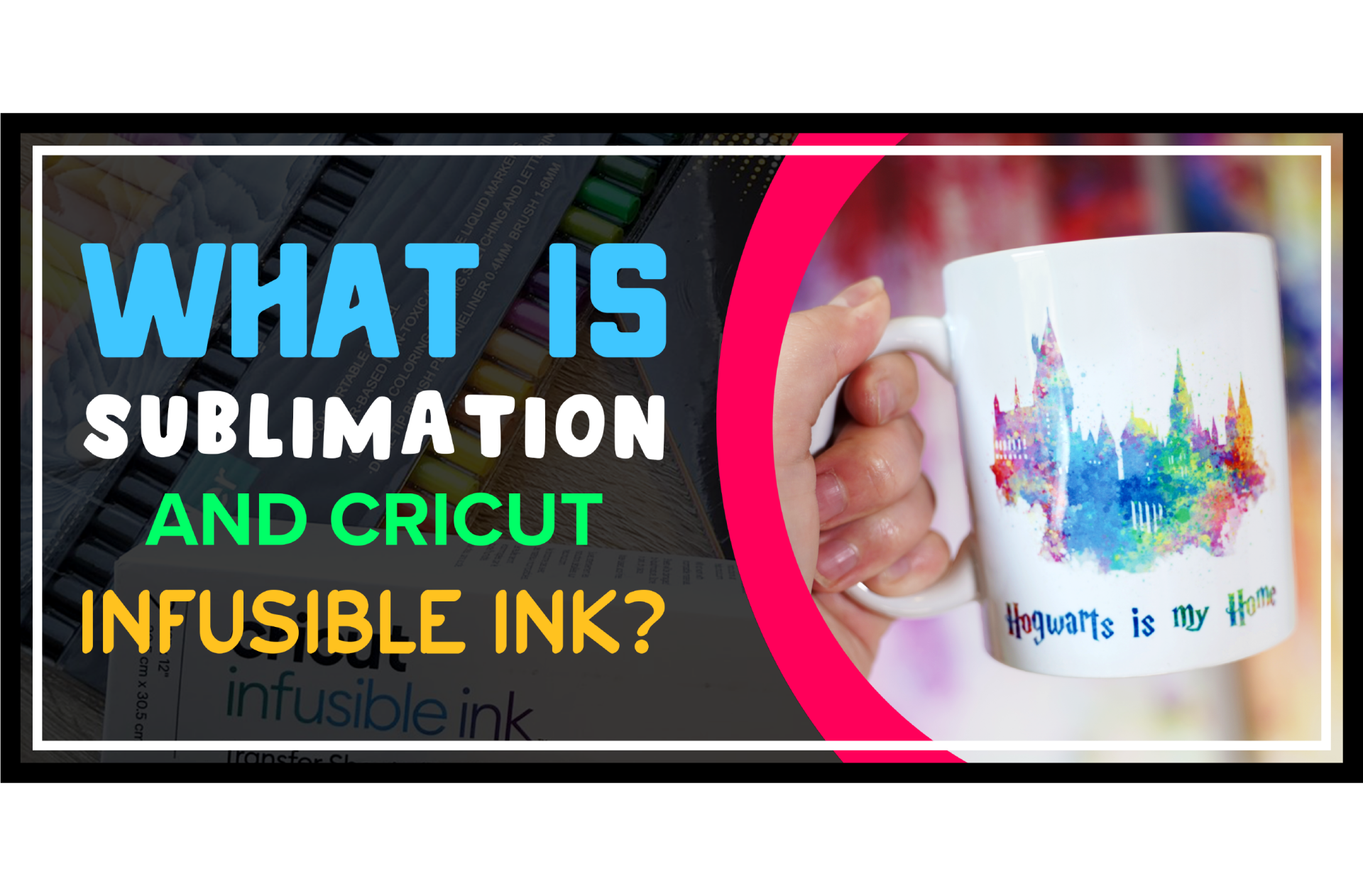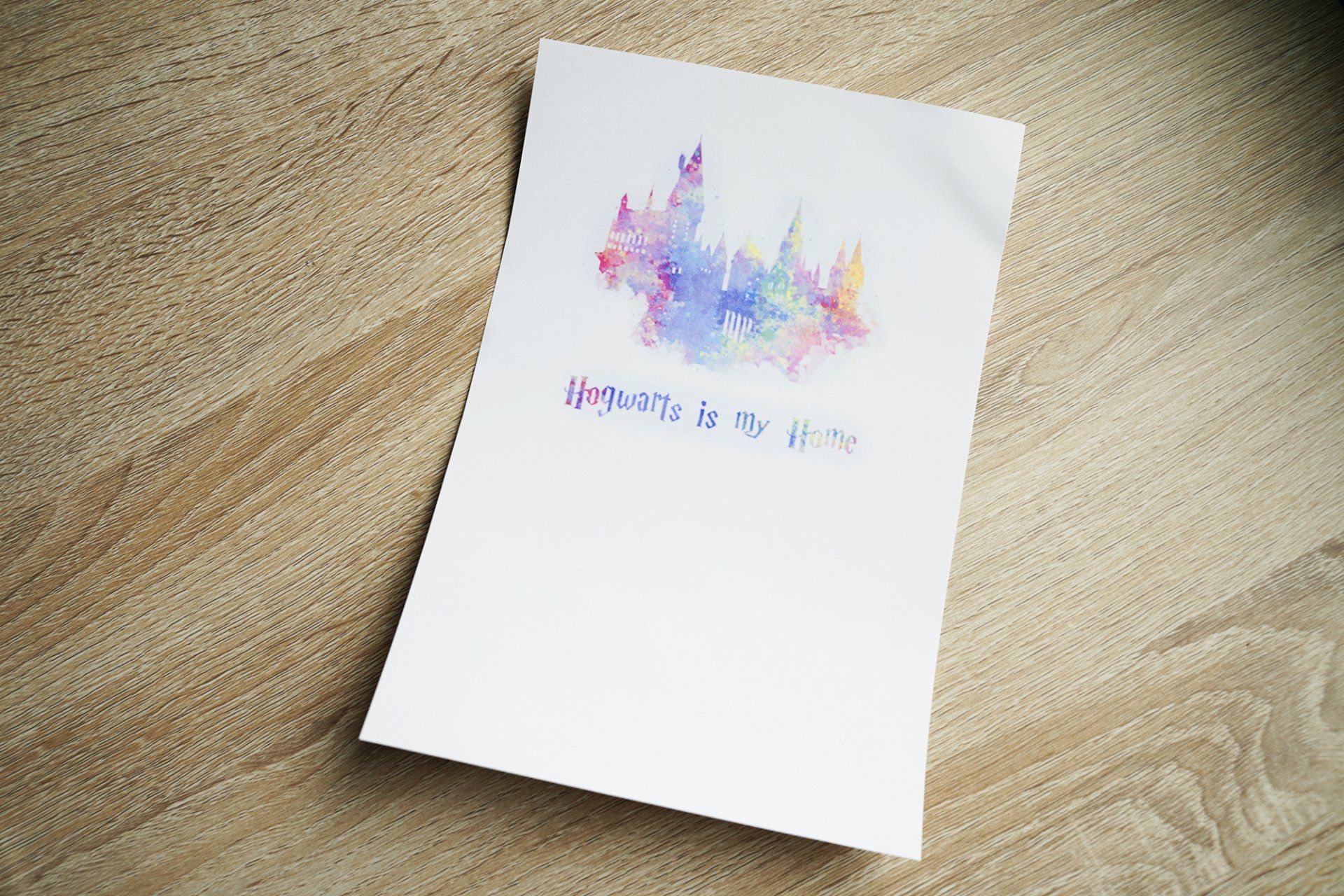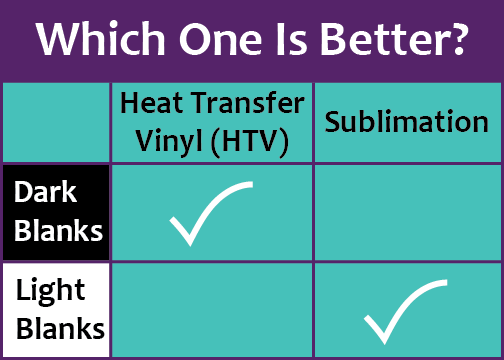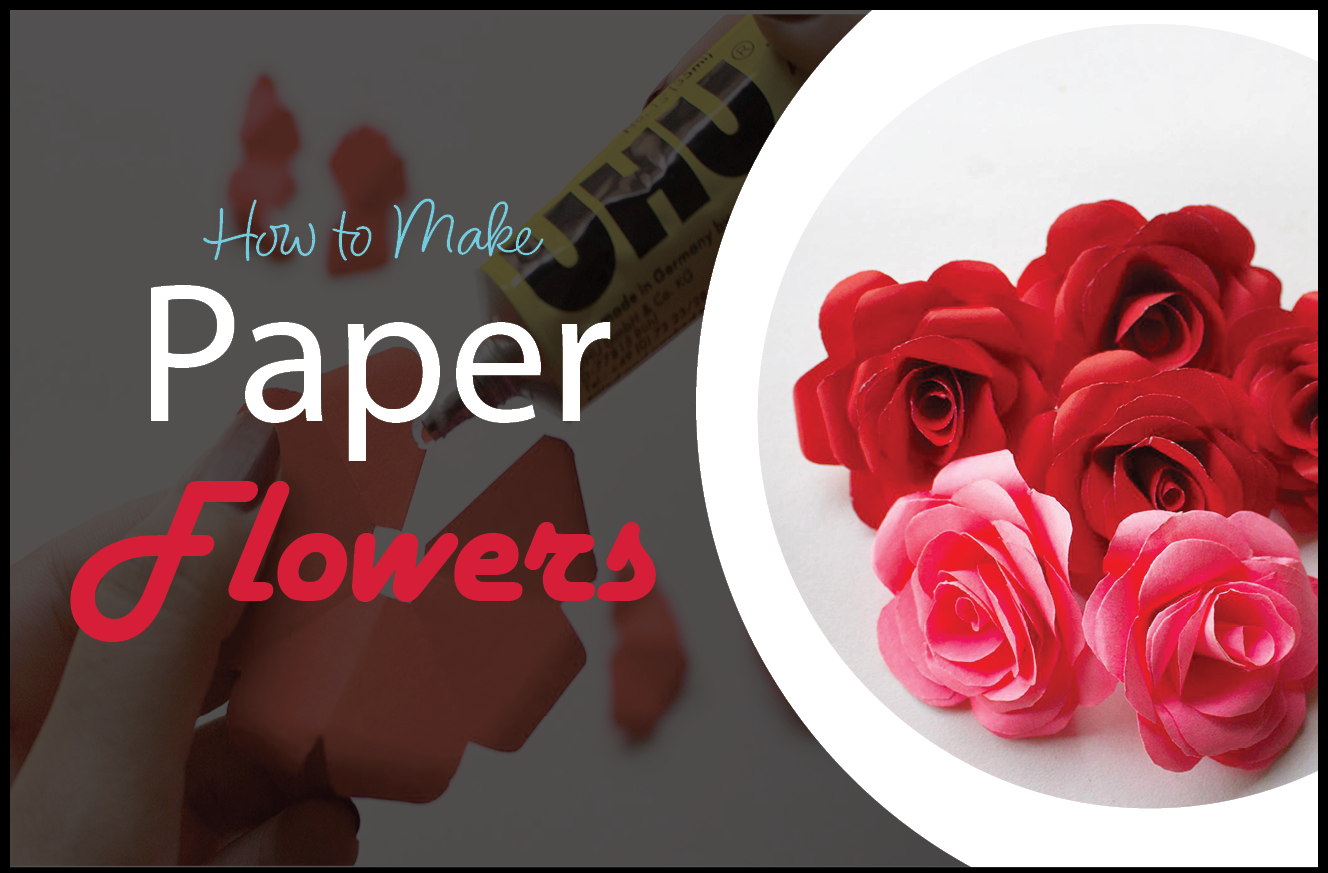So you're probably wondering: what is sublimation? How is it different from HTV? What is the difference between sublimation and infusible ink? You want to know HOW to use Cricut infusible ink! These are all such great questions and queries and we’re here to explain! When it comes to Cricut crafting there are so many different products, materials, and terminology that it can be hard to keep up with and really confusing, which is why we’re excited to walk you through our complete guide to answer (hopefully) all the questions you’ve been dying to get a straight-forward answer on!
Get ALL your sublimation questions answered in our ultimate guide to everything crafter's need to know about sublimation or continue readying below on the specific differences between sublimation and Cricut Infusible Ink!
Get in on more Cricut project ideas, hacks, tutorials, and more by following our social channels!
What is Sublimation?
Scientifically, the process of sublimation is when something goes from being a solid, to being a gas, without ever becoming a liquid. In Cricut crafting terms, sublimation is when sheets of dehydrated (solid) ink, transfer the dyes from the sheet that it started out on, to the sublimation blank you’re customizing.
Sublimation transfers and infusible ink are sheets of that solid, or dehydrated, ink like we mentioned above, and the transfer process happens under high heat which is why in order to do sublimation and infusible ink projects you need an iron, a heat press, or a mug press.
Ultimately, think of sublimation transfers as dehydrated sheets of tie dye that dye things after you apply high heat.
What Are Sublimation Transfers?
Sublimation Transfers are simply sheets of special sublimation paper, with special sublimation ink dried on them. Learn everything you need to know about sublimation transfers. The sublimation ink can fill up the whole page with a vibrant design like most Cricut Infusible Ink sheets do, such as this:
or it could be a word, symbol, graphic, or photo that only take up parts of the sheet:
Watercolor Hogwarts SVG available on Etsy Here
(don't worry, tutorial on how I added the "Hogwarts is my Home" text coming soon!)
What is Sublimation Ink?
A lot of people are confused by sublimation ink- why can’t we just use the ink that came in our printer for sublimation? After all we just said it’s a dyeing process similar to tie dyeing right? Exactly! Imagine you want to tie-dye a shirt but you don’t want to go buy a tie-dye kit with tie-dye ink so you improvise with what's around you. You think: what do I have that could color fabric? And you see a pack of Crayola washable markers and you think ah-ha! Markers have ink! So you cut off the ends of the markers, dump the ink into a separate little bottle, one for each color, and you get to dying. Sure, when you initially apply the ink it will be colored. It will look like it’s dyed your shirt, the colors will likely be vibrant and awesome, but what’s going to happen when you wash it? What’s going to happen when you wear it out in the sun? My guess is that it would fade incredibly fast and then after your first time washing it all, or at least most, of the ink will be gone because after all it was ink from WASHABLE markers that were never intended to be a source of permanent coloring.
So, what does this have to do with sublimation ink? Sublimation ink, like tie dye ink, is special- it was literally MADE for sublimation the same way washable markers are meant to be temporary and tie dye is meant to be permanent. You need to make sure you’re using the supplies that are intended for your project, and remember that just because two things look the same, does NOT mean they are. Imagine you’re baking a cake and discover you’re out of sugar, but luckily you bulk buy salt and have plenty of extra salt to spare and after all sugar and salt look pretty much the same right? So why not just swap them out and use salt instead of sugar? I think you get where I’m going with this. Sublimation ink is meant for sublimating, printer ink is meant for printing and just because they look the same doesn’t mean they are the same which is why you definitely need to swap out your printer ink from its original ink to sublimation ink if you want to be able to print your own sublimation designs from home.
Learn how to convert a regular printer into a sublimation printer if this piqued your interest!
How Can I Get Sublimation Transfers?
All sublimation requires is sublimation ink on sublimation paper (along with blanks and a heat source like we mentioned previously). There are essentially 3 different ways you can get sublimation transfers:
1) Buy Cricut Infusible Ink Sheets
Infusible ink is Cricut’s name brand for their printed sublimation ink transfers. Infusible ink is to sublimation transfers as Kleenex is to tissues. Kleenex is a brand of tissues the same way Cricut Infusible Ink sheets are a brand of sublimation transfers. A lot of people wonder how to use Cricut infusible ink but the awesome thing is that it's the same exact process of sublimation which I explain below! Cricut prints fun patterns and designs onto sublimation paper using sublimation ink, then they package it up in a box labeled “Cricut Infusible Ink” and you can use these if you’d like, or you can visit less expensive options 2 and 3:
2) Print them yourself
It is possible to print your own sublimation transfers at home. Check out our tutorial on how to convert a regular printer into a sublimation printer to learn more about this process and how you can do it yourself and save a bunch of money printing your own sublimation transfers rather than buying only Infusible Ink sheets.
3) Buy printed sublimation designs
If you don’t have a sublimation printer or aren’t interested in buying and converting one yourself, you can also purchase sublimation prints from people online from shops like this sublimation printing shop on Etsy.
Here, you can email them your own designs and they will use their sublimation printer to print them for you and mail them to you! For example, say you wanted to make a mug like this one below but you don’t have a sublimation printer:
You could simply purchase the Hogwarts watercolor graphic on Etsy and then head to a sublimation printing shop to have them print this design for you on sublimation paper. You’ll pay, they’ll print it, and you’ll receive your custom sublimation design in the mail that you can use the same way you use Infusible Ink!
Do you need a Cricut to do Sublimation?
No. You do not need a Cricut to do sublimation. Cricut machines are cutting machines, they do not have any printing abilities and all sublimation transfers are is ink on paper. Learn more about:
why get a Cricut if it's not needed for sublimation and see
examples of what projects you can make with a Cricut and Sublimation.
Is Sublimation a Form of Heat Transfer Vinyl?
No. Heat transfer vinyl is essentially a thin plastic material that gets melted and adhered to the blank you’re customizing (like a t-shirt or tote bag). Sublimation is a dyeing process meaning you’re not melting and adhering any material to your blank. Think back to tie dyeing again, sublimation is an extremely similar process as far as tie dyeing goes because instead of the colors being adhered to your crafting blank, the color is being permanently absorbed into the material.
This is why sublimation projects require you to use sublimation blanks- you need to use blanks whose surface is prepared to absorb the ink. It’s why you have to buy special sublimation mugs instead of any old regular mug; sublimation mugs have a special surface that can absorb sublimation dyes whereas generic mugs do not.
Essentially sublimation mugs are like plain white cotton t-shirts for tie-dyeing: they’re perfect! And non-sublimation blanks are like waterproof rain coats: good luck dyeing them- the dye would be repelled, never absorbed, and thus would never dye!
Is Sublimation Better Than Vinyl?
This comes down to personal preference as well as what you’re trying to accomplish. If you’re looking to customize a black t-shirt, you’re not going to have much luck with sublimation, it’d be like trying to tie-dye a black hoodie- you’re probably not going to see any of the colors when you’re done. However, if you’re customizing a white tote bag that you want to be able to use and wash often, sublimation is probably the better option because since it’s dyed, it’s going to withstand the test of time far better than vinyl because it’s not going to fade as fast and it will never crack, peel, or begin to flake off the way vinyl inevitably does at some point.
In general: sublimation is better for customizing white or very light colored blanks, and vinyl is better for customizing black, dark, or vibrant/highly saturated blanks.
So there you have it! Let us know if you have any more burning questions about what sublimation is and how it differs from other Cricut materials. We hope this guide answered most, if not all of your questions. Hopefully it cleared the air for a lot of you guys and you can begin your sublimation crafting adventures with confidence!
if you're interested in getting your own sublimation printer, check out our tutorial on how to convert a regular printer into a sublimation printer and unlock FULL creative freedom when it comes to sublimation projects and as always,
Happy Crafting!
Get in on more Cricut project ideas, hacks, tutorials, and more by following our social channels!
Check out the Crafting Spree blog for more DIY, Crafting & Cricut Resources:









